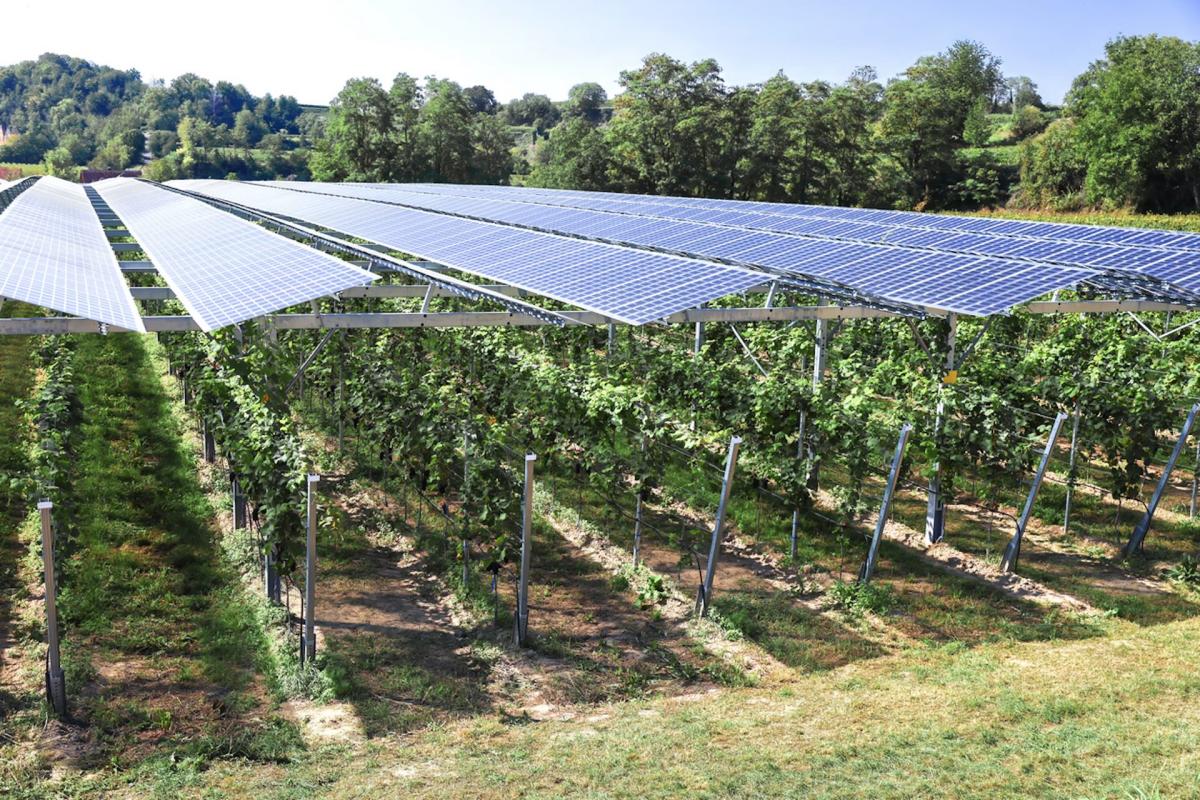
The benefits of switching from dirty, polluting energy sources like gas and oil to clean, renewable energy sources like wind and solar are clear — but according to a new guide compiled by several Australian groups, clean energy projects can also have the added benefit of increasing biodiversity if they are managed correctly, Energy Source & Distribution reported.
While solar farms have occasionally gotten a bad rap for harming habitats and driving out wildlife, that does not necessarily have to be one of their impacts, according to the Building Better Biodiversity on Solar Farms Guide, authored by Australia’s Community Power Agency regional coordinator Heidi McElnea, Stringybark Ecological founder David Carr, and University of New England professor Dr. Eric Nordberg.
“Similar to artificial reefs in aquatic ecosystems, solar farms can serve as hubs for biodiversity enhancement, introducing structural complexity into the environment and providing crucial shelter and habitat for various species,” Dr. Nordberg explained.
As the guide laid out, steps that solar farm developers and operators can take to protect and enhance biodiversity include taking multi-use considerations into account — for example, exploring benefits that the solar panels can provide to various species when it comes to facilitating grazing and pollinator habitats.
This theory has already been borne out elsewhere. In a study conducted on two solar farms in Minnesota, researchers found that insect populations had tripled over five years at the two sites, with native bee populations increasing twentyfold.
The Australian guide also recommended that solar farms avoid areas of high biodiversity, riparian areas, or known travel corridors. Whenever possible, the guide recommended replacing critical refugia that were removed during construction, such as nest hollows, logs, and rock piles.
Watch now: IKEA wants to pay you for your old furniture
It likely goes without saying, but the activities that solar farms are meant to replace — the drilling for and refining of oil — are also terrible for local wildlife, disturbing both land and marine ecosystems while releasing literal tons of pollution.
Join our free newsletter for good news and useful tips, and don’t miss this cool list of easy ways to help yourself while helping the planet.
EMEA Tribune is not involved in this news article, it is taken from our partners and or from the News Agencies. Copyright and Credit go to the News Agencies, email news@emeatribune.com Follow our WhatsApp verified Channel





